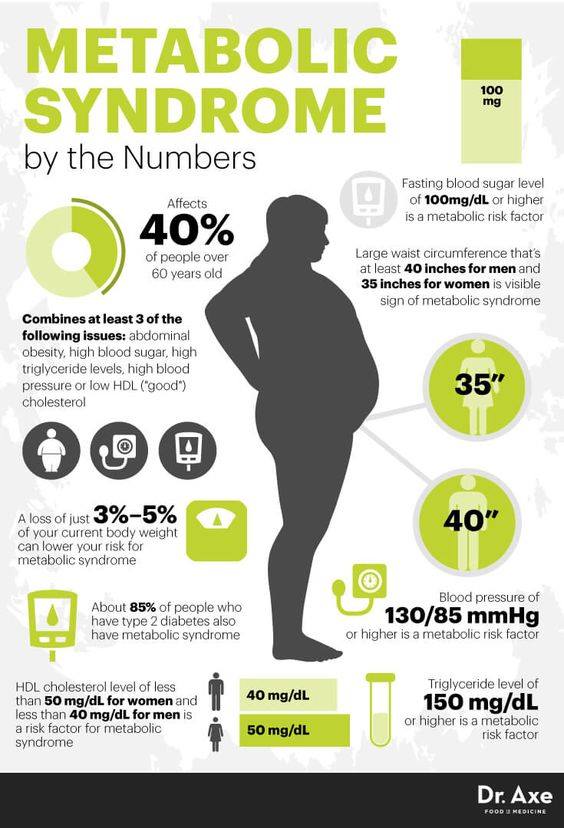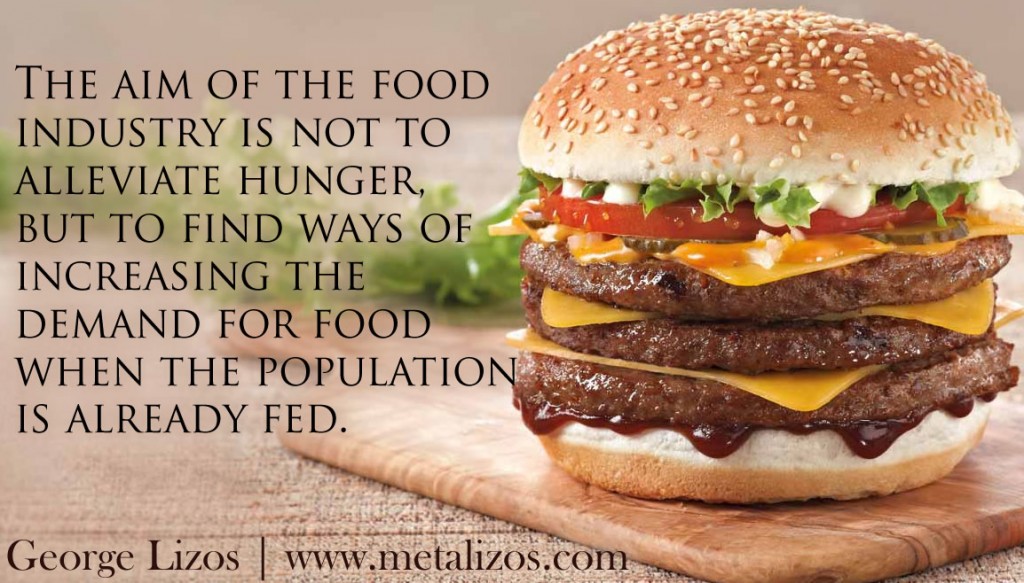
Over consumption of ultra-processed foods and drinks (UPFDs) continues to be a phenomenon in Westernized countries, and is linked to several conditions to include metabolic syndrome; an aggregate of risk factors (dysregulated glucose metabolism, high blood pressure, abdominal obesity, and abnormal lipid profiles) that lead to cardiovascular disease, stroke, and type 2 diabetes (T2D).1 A theory proposed by Kessler2 known as conditioned hypereating (CH) could, in part, help explain the manifestations of such maladies. The following will explore such a concept, and potential interventions with clients seeking liberation from UPFD consumption.

CH is a means of explaining the nature of excessive consumption of UPFDs. Specifically, CH can be defined by three behaviors: a loss of control over eating, a lack of satisfaction and fullness from food, and a preoccupation with food2(159) Most relevantly, individuals who scored high on a survey exploring said behaviors were twice as likely to be obese compared to individuals who scored low.2(160) Furthermore, individuals who scored high for CH also tended to exhibit heightened neuronal activity (in the amygdala) in the midst of rewarding foods.2(161)Such a region of heightened activation during food consumption generally lowers as healthy individuals continue to eat food. However, CH individuals continue to have elevated activation while eating food, which may perpetuate eating beyond normal limits.2(161)
CH is heavily stimulated by the environment and less from genetic drivers; studies have identified that individuals without CH, when presented with food, will eat to satiety.2(164)Upon further introduction to food, non-CH individuals will eat some food but tend to stop. CH/obese individuals will eat the same amount of additionally presented food whether they consumed the initial meal, or not; the sight of food, then, exerted more pull than internal mechanisms indicating satiety.2(164)Ultimately, environmental exposure to foods and the sight of food, and powerful drivers amongst those with CH. As a nutritionist, it is critical to identify and track such tendencies when CH individuals are seeking help to change their lifestyles. The following will consider some of the approaches to facilitate liberation from CH.

If CH is stimulated from the sight and presence of highly rewarding foods (usually UPFDs), and habitual overeating is the response, a fissure must be placed between the two reactions to neutralize both. Such can be achieved through drawing CH individuals away from such stimuli (the sight and smell of UPFDs). However, upon exposure to UPFDs, Kessler2(182) noted that the choice to avoid/remove oneself from the stimulus must be done in an expeditious fashion. Such is true as the memory of the UPFD and its associations to rewarding feelings and happiness are never fully dissolved.2(183)Thus, it is essential to develop, use, and practice cognitive and behavioral interventions to manage such cravings.
Repeated practice, and repeated successful practice, lays the groundwork to reinforce appropriate behavioral responses to UPFDs.2(184) Steps to overcome a sense of powerlessness (a constituent of CH) and habit reversal include awareness, competing behavior, competing thoughts, and support.2(185) Awareness includes a conscious knowledge of the risks of a situation and the factors which elucidate a response: sensory signals (sight and smell of food), stressful situations, and forceful memories (remembering the enjoyment of the food).2(186) Engagement in competing behaviors is necessary to draw an individual away from thinking about the UPFD (i.e., driving a different route to work that bypasses a fast food restaurant).2(186) Competing thoughts help replace/override old thoughts (i.e., remembering the pleasure of UPFD consumption) with constructive thoughts (i.e., remembering that UPFD are unhealthy and addictive).2(187-188)Finally, support networks includes encouragement from family, friends, colleagues, and health professionals which helps sustain and reinforce good habits and choices.2(188-189)

In conclusion, over consumption of UPFDs and CH are linked to several conditions to include metabolic syndrome; an aggregate of risk factors (dysregulated glucose metabolism, high blood pressure, abdominal obesity, and abnormal lipid profiles) that lead to cardiovascular disease, stroke, and type 2 diabetes. Such conditions continue to grow in both number and reach; it is therefore critical to identify CH followed by cognitive and behavioral interventions which slowly liberate individuals from the unfavorable health effects of UPFD consumption. Only then can individuals begin to experience meaningful and sustained changes in health, performance, and longevity.
References
1. Agyemang-Yeboah F, Eghan BAJ, Annani-Akollor ME, et al. Evaluation of metabolic syndrome and its associated risk factors in Type 2 diabetes: A descriptive cross-sectional study at the komfo anokye teaching hospital, Kumasi, Ghana. Biomed Res Int. 2019. doi:https://doi.org/10.1155/2019/4562904.
2. Kessler DA. The End of Overeating: Taking Control of the Insatiable American Appetite. New York, NY: Rodale Inc.; 2009.
-Michael McIsaac
